Flowering plants in winter are a rarity for Russian latitudes. In frosty and snowy times, domestic flowers prefer peace and relaxation, gaining strength for spring vegetation. But among them there are those whose life cycle differs from the usual. Such plants include the Decembrist.
Introduced to the territory of Europe from hot Brazil in the distant XIX century, the Decembrist gained great popularity due to the fierce flowering on New Year's Eve. This tropical plant has other names - zygocactus, Schlumbergera, Christmas tree and belongs to the genus of epiphytic cacti.
At home, in a warm humid climate, most often they can be found on trees. Europeans domesticated a tropical cactus, and today the windowsills of many apartments in winter are replete with bright colors that give the dwelling a festive and elegant look.
In the summer, the Christmas tree looks very mediocre. Throughout the year, the efforts of flower growers are aimed at carefully caring for the Schlumberger so that she releases the long-awaited buds by the expected hour. It often happens that at the appointed hour the plant does not bloom. To understand why the Decembrist does not bloom, it is necessary, first of all, to consider the features of its indoor contents.
Content
The periods of flowering of the Decembrist flower
Christmas is an unusual cactus. Unlike his fellow tribesmen, he loves water and shadow, and has no thorns. The plant is a small bush up to 40 cm in height, the branches of which are directed downward and resemble interconnected flat cuttings. At the ends of the stems, bright flowers appear, consisting of several tiers.
The roots of the Christmas tree are weak, and in adverse conditions they die quickly. The flower, however, survives due to the presence of aerial roots that actively absorb moisture from the environment.
The annual life cycle of the Decembrist is a change of periods of dormancy, flowering and vegetation. It usually blooms from November to January. This is due to the origin of the plant - in the southern hemisphere, summer falls during the European winter. The flowering period is preceded by rest in October-November. At this time, the Decembrist is actively preparing for flowering.
Around February, at the end of flowering, a second dormant period begins, and it lasts until mid-March. From March to September, there is an active development of the flower. He adds in growth, new processes appear. At this time, the Christmas tree requires careful attention and proper care.
Why does not the Decembrist bloom, but only gives leaves
Decembrist maintenance and care after him at home is not typical for cacti. And outwardly it does not look like a cactus, although it is not leafy. The main advantage of a Christmas tree is flowering in winter. To achieve the appearance of the desired buds and flowers, you need to know the basic principles of care for the Decembrist. The main reason that the plant does not bloom lies in their violation.
 You may be interested in:
You may be interested in:Incorrect temperature
The optimum temperature for the formation of buds is +13 degrees.For flowering zigocactus it is necessary to maintain it at the level of 15 degrees heat.
Otherwise, the appearance of buds can not wait. If flowers have already appeared, the Christmas tree must be protected from a sharp change in temperature. At high and low thermometer, the plant will not bloom.
Heavy watering
In the warm season, zygogactus requires regular moistening of the soil and spraying the stems to maintain the required moisture level. During the flowering period, i.e. in winter, watering intensity must be reduced within acceptable limits.
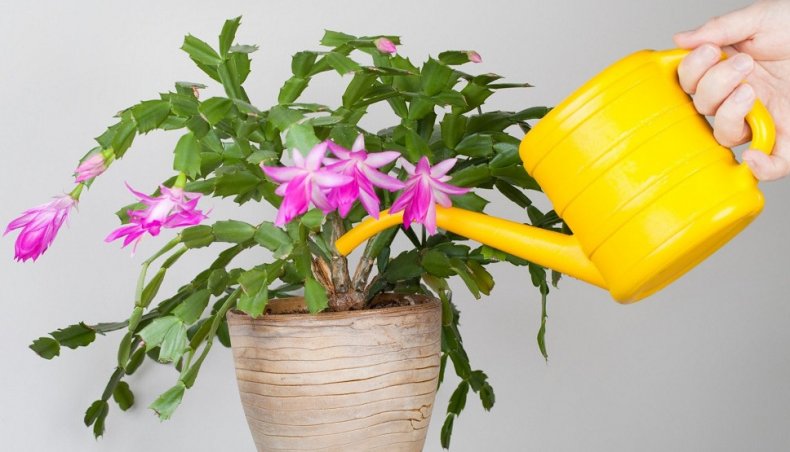
Excessive soil moisture threatens to rot the roots and wilt the plant. Even in summer, the soil should dry out between irrigations by at least a third. In winter, with abundant watering, he can discard the leaves - and then the flowers will not appear.
Spacious pot
Since Decembrist belongs to epiphytes, its root system is poorly developed. This implies that when transplanting, you should especially carefully approach the choice of pot. Deep and wide capacity does not suit him. Ideally, the pot should be wide and small, and you can choose the optimal one according to the scheme: the length of the stems should be three times the depth of the pot.
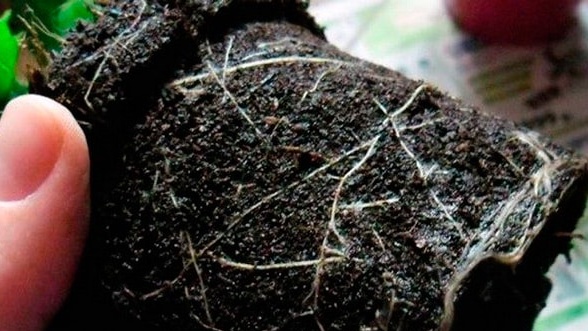
When planting in a deep container, the forces of the flower go to the formation of the root system. In this case, the plant itself develops poorly, and it does not have forces to form buds and flowering.
Lighting
Unlike other cacti, the Schlumberger does not tolerate the bright sun. By placing the Christmas tree in direct sunlight, the owner risks getting the opposite effect - the plant will not only not actively develop, but will receive sunburn.
To avoid this, you must choose the shaded areas of the apartment, terrace or garden. The best solution is to use window blinds to create diffused light. With such a content, the likelihood of blooming in winter increases significantly.
Location
Since zygocactus can not be attributed to lovers of the bright sun, it is better not to place it on the southern or western windowsills. The best option would be the location of the pot on the east side - so the flower will feel most comfortable.
In the summer, zigocactus prefers fresh air. It can be taken out to the balcony or loggia. During the flowering period, no manipulation of the pot is allowed. It is not recommended to move, rearrange, deploy. Any attempt to relocate will result in dropping buds.
No transplant
For regular flowering of the Decembrist, timely transplantation is important. One possible reason for the lack of flowering may be its lack of frequency.

Traditionally, an adult zygocactus is transplanted every 4 years. During this period, the flower absorbs all the nutrients from the soil, and changing the substrate is beneficial to the plant. If you neglect the transplant, the Christmas tree will not bloom. He will lose the ability to properly nourish, and may become ill.
If the plant does not bloom for a long time, you need to think about the fact that it may need to be transplanted.
Pests
A diseased plant cannot bloom. Its resources are depleted, as all forces are devoted to the fight against the disease.
If the flower is affected by a mealybug or spider mite, it is necessary to resort to the standard treatment for such cases. The stems are washed with soapy water, and then the plant is treated with insecticides.
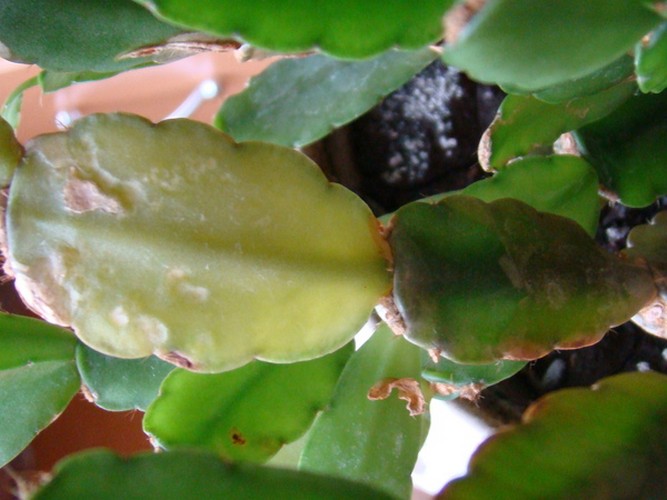
But zigocactus is sick not only because of pests. Incorrect watering with hard cold water, too high soil moisture can lead to disease and death of Decembrist. Unsuitable soil also negatively affects the health of the bush - an alkaline environment is unacceptable for it.
If the Christmas tree was badly damaged by diseases, it is advisable to grow a new plant from its processes, and dispose of the diseased flower.
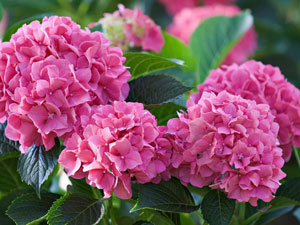 You may be interested in:
You may be interested in:What to do if Decembrist does not bloom for several years
If compliance with all requirements for the maintenance of the Christmas tree does not give the desired effect, the plant does not bloom, but only gives foliage, it may be necessary to resort to additional flowering stimulants.
Biostimulants
Florists use not only industrial fertilizers. To stimulate the formation of buds at the Christmas tree, folk recipes are actively used. They give a good result and can reanimate an almost hopeless plant:
- Yeast solution stimulates the vital activity of many indoor flowers. To prepare it, mix one tablespoon of sugar and two tablespoons of yeast and dilute them in a small amount of water. Bring warm water to a volume of 1 liter and insist for two hours. In the resulting infusion add 5 l of water and water the plants.
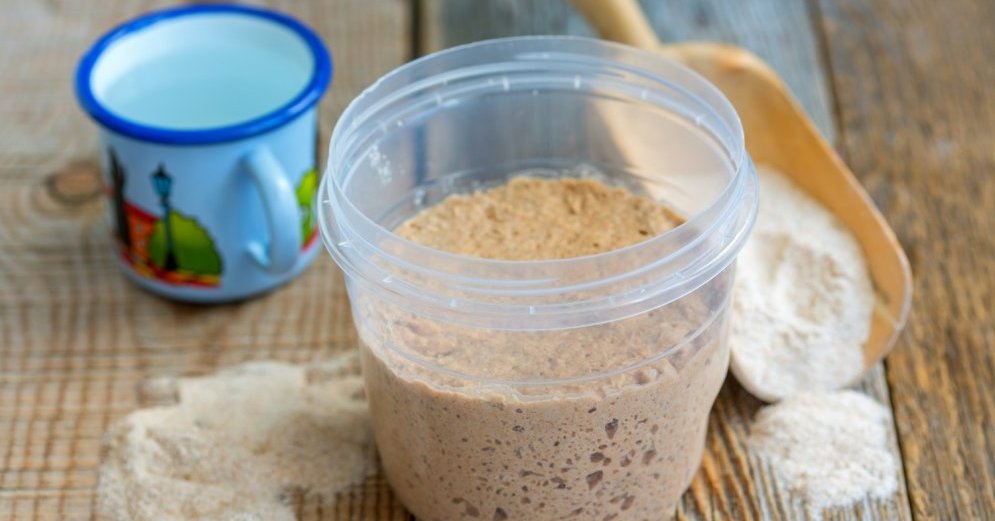
Yeast fertilizer - Sugar solution also positively affects the flowering of zygocactus. A tablespoon of sugar is poured into 500 g of water, and this composition is periodically watered.
- A popular remedy for stimulating the formation of buds is considered to be an infusion of citrus peels. They need to grind and pour 200 g of crusts with three glasses of boiling water. The solution is insisted for a day, then filtered and diluted with water in equal proportions before watering.
Temperature reduction
A long absence of buds can be corrected by arranging a sudden change in temperature for the plant. To do this, the pot must be placed in a cool, not very bright room for one and a half to two months. At this time, it is necessary to reduce watering and limit feeding.
Top dressing
Fertilizing the soil in which Decembrists grow is important. At home, the plant requires a special approach to feeding. If this is not taken into account, buds from the Christmas tree can not wait.
In spring, the plant is fed once a month using any ready-made fertilizer. In summer, during the period of active growth, Decembrists are fertilized once every two weeks.
Plant care during the dissolution of buds at home
Blooming Decembrist is incredibly beautiful. To extend this long-awaited period, a flower requires a special attitude. It’s not difficult to create conditions for long flowering Christmas at home:
- During the appearance of buds and their dissolution, it is strongly not recommended to change the location of the pot. It can not be moved, rotated and rearranged in another place. Otherwise, the plant will drop buds even before they begin to bloom.
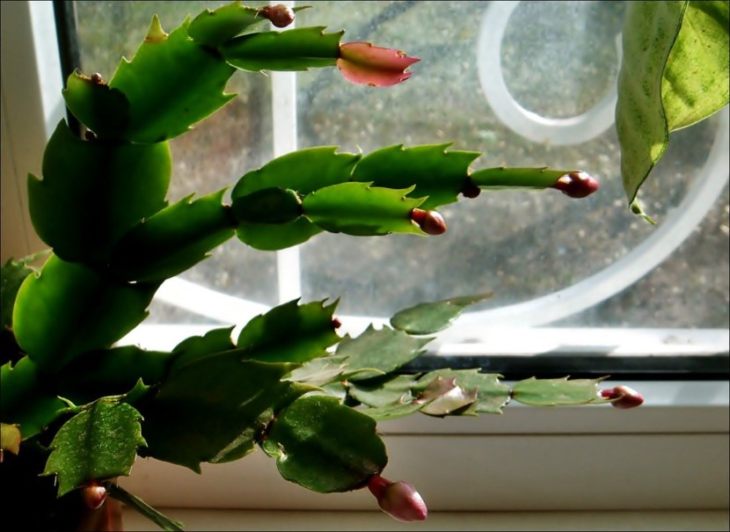
Beginning of flowering - It is necessary to monitor the level of lighting. It should be moderate, without sudden changes. In a too dark place, the Decembrist can get rid of the buds, and if the place is brightly lit, flowering may not come at all or it will stop very quickly.
- During the flowering period, it is important to observe the correct watering regime.It should be sufficient, but not excessive. If the air temperature in the room is high, watering the soil is necessary as it dries. If the apartment is cool, it is better to reduce watering. The abundance of water will lead to decay of the roots, the plant will begin to shed flowers and may even die.
- It is important to monitor the temperature. It requires a constant level, without sudden changes. With special care during flowering, you need to treat drafts - they are extremely undesirable. Although the rest of the time the plant practically does not respond to them.
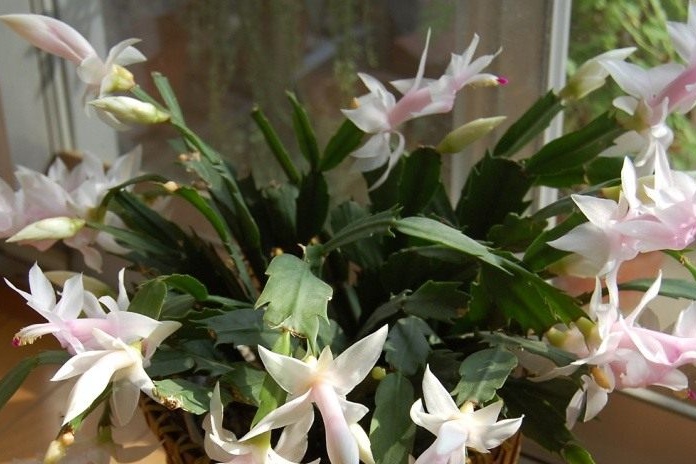
Flowering decembrist - Blooming zigocactus needs additional nutrition. The best solution would be any complexes for flowering cacti. The main thing is that the fertilizer does not contain nitrogen. The latter actively stimulates the growth of new stems, while slowing down the development of buds. Potassium and phosphorus, by contrast, are very useful.
After flowering, the plant needs rest, as it is depleted. To give the flower strength, it must be cut off by removing all the cuttings on which the buds were. Now the Decembrist can be placed in a more lighted place, slightly reduce watering and feed with nitrogen-containing substances.
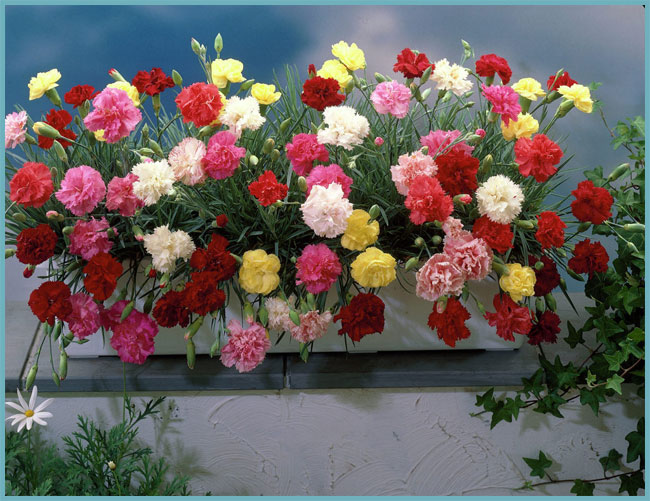 You may be interested in:
You may be interested in:Common questions
Compliance with all the requirements for caring for the Christmas tree in most cases ensures regular and timely flowering. And since the plant lives for a long time, it can bloom for many years.

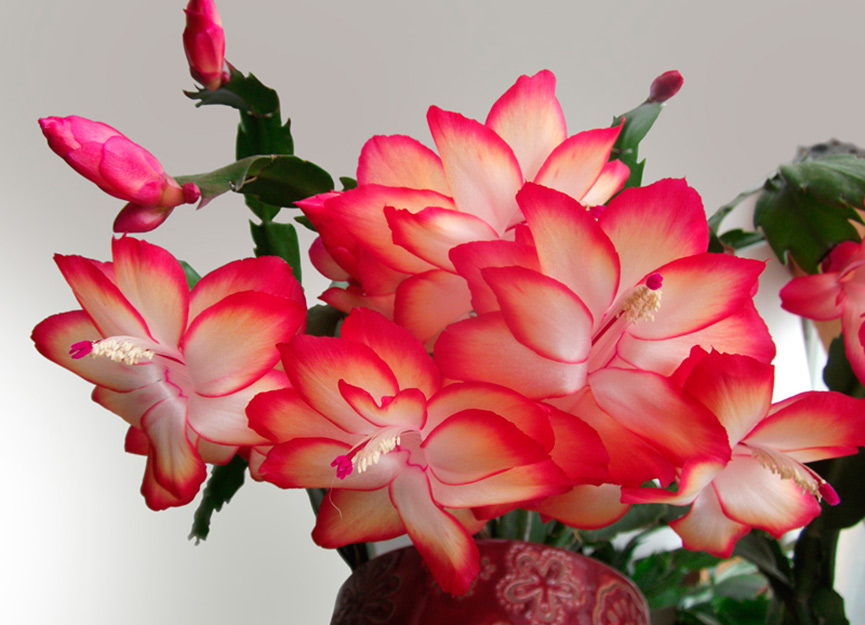
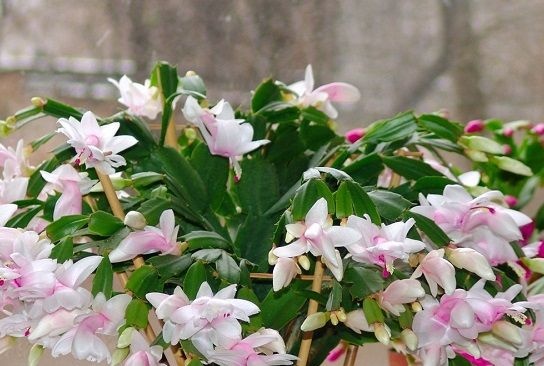
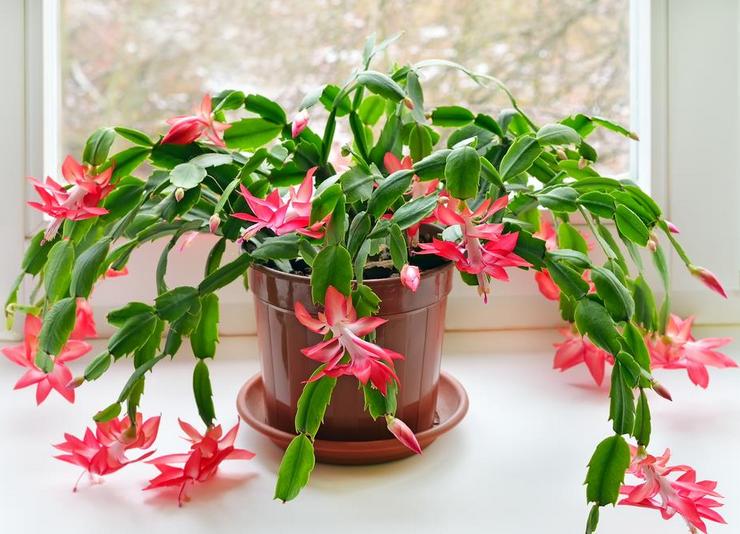
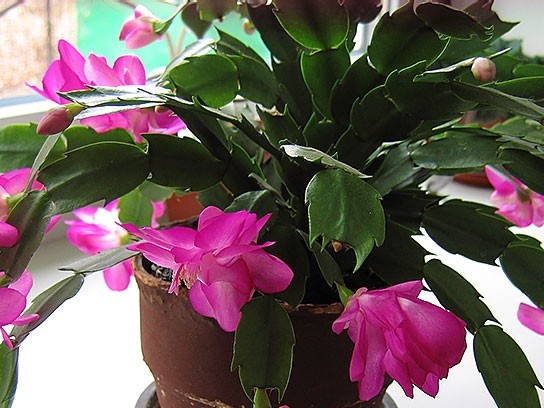
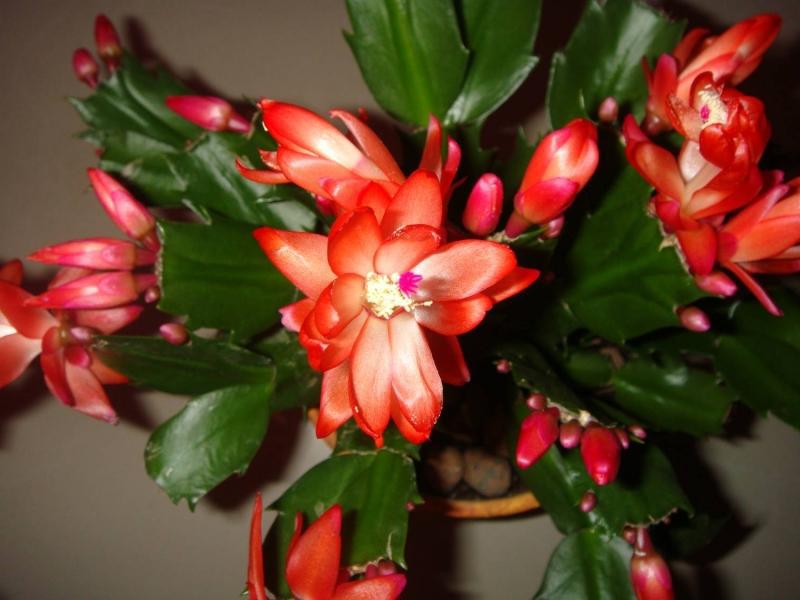
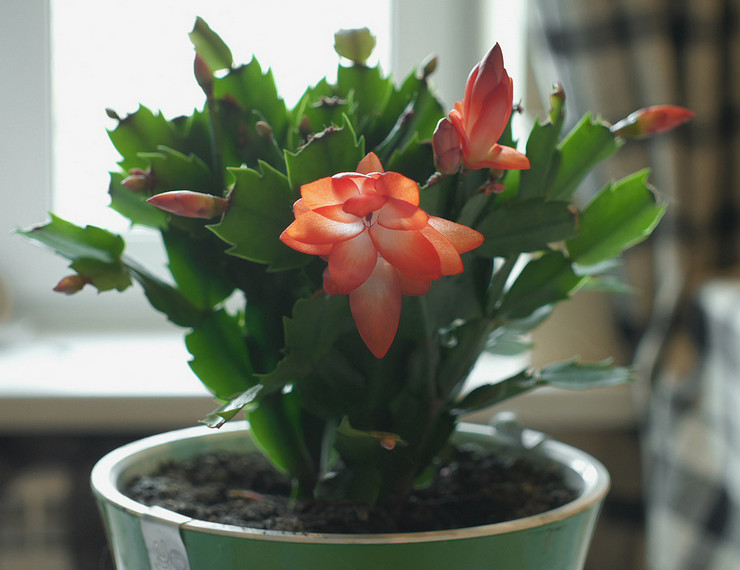



 10 beautiful annuals that bloom all summer
10 beautiful annuals that bloom all summer Sow in the ground, without seedlings: 10 beautiful and unpretentious flowers
Sow in the ground, without seedlings: 10 beautiful and unpretentious flowers Platicodon planting and outdoor care
Platicodon planting and outdoor care Hosta - planting and care in the open ground in the Urals
Hosta - planting and care in the open ground in the Urals